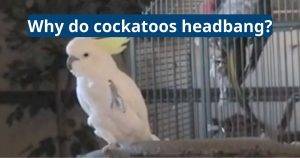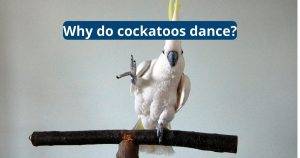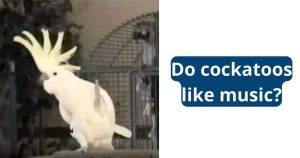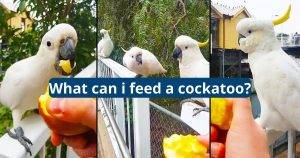Fun Facts About Cockatoos
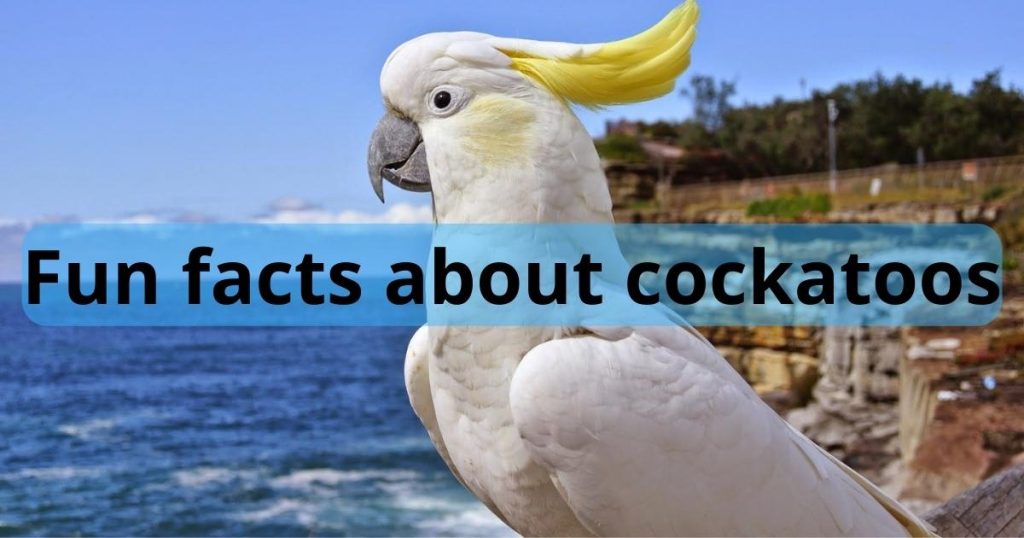
Cockatoos are popular pets due to their intelligence and long lifespan. They are often playful and entertaining to watch, but they can also be frustrating at times. They can mimic human speech, and some species even repeat entire sentences! Read on to learn about more fun facts about cockatoos.
They Can Speak
Cockatoos can learn to speak if their humans make an effort to train them. It can be difficult for them to get the hang of it, however, so it’s important to be patient and keep practicing with your bird. It’s also good to try and associate certain words or phrases with actions. For example, you could say “dinner time!” and then feed your cockatoo so that they learn to associate the word with the activity.
Cockatoos use their syrinx to modify air that passes through the trachea and into their lungs. This allows them to imitate sounds that they hear, including the human voice.
They can repeat the voices of their owners as well as other familiar sounds, such as the voices of characters on TV or songs that they listen to often. However, they cannot understand language like we do, so it’s important to teach them specific words and phrases if you want them to talk to you.

They Can Dance
It’s always fun to watch animals bust a move. And while most “dancing” animals we see on YouTube are actually trained, cockatoos like Snowball the dancing sulphur-crested cockatoo can really get their groove on. A study published this week in Current Biology analyzed Snowball’s moves and found that the bird knows 14 different dance movements.
When it comes to cockatoos, dancing is usually a sign of excitement and happiness. They love to show their caretakers that they enjoy the music and often dance to seek attention.
They may also dance in the wild to attract a mate or to court potential mating partners. Experiment with different types of music to see which beats and rhythms elicit your cockatoo’s most enthusiastic dance moves.

They Can Scratch Their Heads
Cockatoos can scratch their heads to relieve itching, and they’ll often do this when they want extra attention or feel like being playful. It’s also a sign of contentment and shows they love you very much!
As cockatoos are highly social birds, they live in flocks. They’ll have “sentinels” that stand guard while others feed, ensuring the safety of everyone in the group. If a predator appears, the sentinels will alert the rest of the flock with a loud alarm call.
Excessive screaming can be mitigated by setting boundaries when the bird is a baby and providing outlets for the bird to release energy (outside of cage time) and adequate mental stimulation, Rosengarten says. It’s also important to see an exotic/avian veterinarian if you suspect your bird is being overly noisy. They might need medication or behavioral therapy to help them out. This could include removing foods that stimulate them or providing other forms of stimulation that aren’t food-related.

They Can Bang Against Trees
A cockatoo that is tame can be a wonderful companion bird, but they tend to be loud and demanding. This can be problematic if the cockatoo is in a home with small children or people who are sensitive to loud noises, such as the elderly or those with hearing problems.
Cockatoos have a rudimentary understanding of human language, and can mimic sounds like a dog’s bark or power tools. They also’speak’ in their own special way. They use sounds to convey meaning, and our brains fill in the missing information, which can make it sound as if they understand what you’re saying.
When sulphur-crested cockatoo Snowball broke through on YouTube with his foot-tapping, head-bobbing dance moves to Backstreet Boys music, he was hailed as one of the first animals known to keep rhythm with music. A new study, however, shows that the bird is even better at dancing than originally thought, and can headbang and vogue to any beat.


